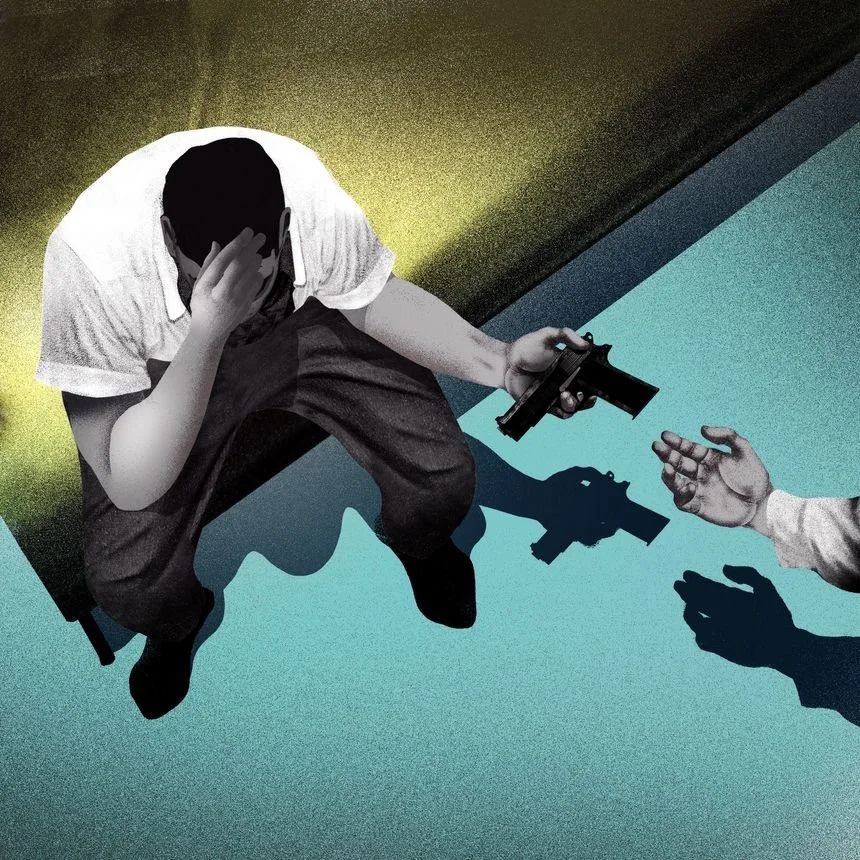
Signs to help.
How to help.
Your Bucket is Full.
Films portray trauma victims “snapping” from a single event, and unfortunately that is far from what we know about stress.
The Stress Bucket
Imagine there’s a bucket you carry with you which slowly fills up when you experience different types of stress.
Sometimes you feel strong enough to carry a lot of stress, but it’s important to find activities which help you lighten the load.
What helps you reduce stress?
How can you keep those activities going when other pressures build up?
Thinking about the “Stress Bucket” together to prompt you and your colleagues to take action to build your resilience.
Indicators
-

Changes in Behavior.
Attitude or behavior changes, such as speaking or moving with unusual speed or slowness. Also, they suddenly become less concerned about their personal appearance.
They can talk about feeling hopeless, having no reason to live, being a burden to others, feeling trapped or being in severe emotional pain.
-

Withdrawing and Isolating.
Choosing to be alone and avoids friends or social activities. They also lose of interest or pleasure in activities they previously enjoyed.
Sometimes one will suddenly become calm after a period of depression or moodiness.
-

Anxiety and Agitation.
Having long-lasting sadness and mood swings. Depression is a major risk factor for suicide.
This can stem from crises such as the death of a loved one or pet, divorce or break-up of a relationship, diagnosis of a major illness, loss of a job or serious financial problems.
-

Substance Abuse.
Engaging in potentially dangerous and destructive behavior, such as driving recklessly, having unsafe sex or increase their use of drugs and/or alcohol.
-

Despair.
Talking about feeling hopeless, having no reason to live, being a burden to others, feeling trapped or being in severe emotional pain.
Not everyone who is considering suicide will say so, and not everyone who threatens suicide will follow through with it. However, every threat of suicide should be taken seriously.
Ask The Question.
Trust. How well do you know the veteran? How much does the veteran trust you?
Trust drives the conversation with the veteran you worry about. If you do not know the veteran well, consider asking a family member or another veteran who can connect.
If you’ve had a conversation and you believe that he or she is in danger of suicide, listen to their story.
Don’t judge .
Don’t shame your friend.
Don’t be the emotional one
Don’t promise anything you can’t deliver.
If you are confident that he or she is in danger of suicide, you can ask the question… but keep it cool.
This can be straight forward:
" Are you thinking about killing yourself?”
Or it can be Indirect.
““Are you having thoughts about death?”
It could save a life.
If in risk, ask the question. Even if the answer is no, it starts the conversation that could prevent a suicide. It’s not an easy, but it’s vital.
Now you’ve asked, lets make a plan on distancing from lethal means.

We Can Help.
We know veterans, because we are staffed by veterans.
- Harris County Veterans Services Department.

